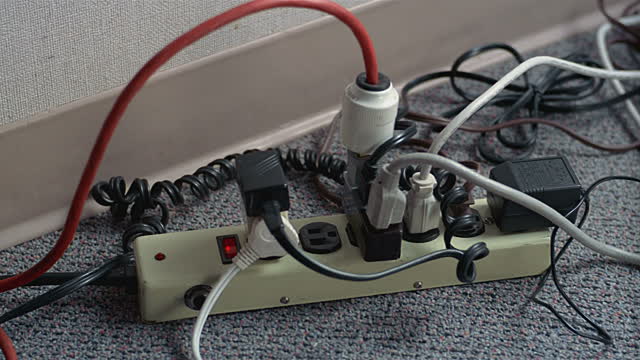As we know that at home there are certain internal electrical wiring system which can face a number of problems at times. This may be caused due to several reasons. Few of the common ones are having too many lamps or appliances running at the same time, causing overload on the electrical system. Faulty wiring can be at times the main cause of the problem. We will get to the basic tracing of these problems that one faces during a short circuit or overload. In each case, domestic electrical safety certificate should be the basic thing to consider by the designer or architecture of your home.
Detecting the short circuit
Practically, it is not that difficult mostly to tell when you have a short or overloaded circuit. The sudden shutdown of the lights when you have plugged the juicer in the kitchen or turned on your microwave oven. But pinpointing the problem that where it has exactly happened can be a real deal sometimes.
Diagnosing the problem
The first thing that you need to do before getting your hands into the electrical wiring right after the short circuit is to switch off all wall switches and unplug all the lights and appliances. You can then reset the circuit breaker. This should be done under careful and precautionary way as circuit breakers carry high voltage supply of electricity. Pull the lever to off and then to on again to reset circuit breaker which has a lever switch. If you see that the entire switch has blown then it should be replaced immediately.
Different situations when the breaker trips
If you see that your fuse is fully blown then replace it with one that has similar amperage rating. Circuit breakers and fuses should be sized according to each wire.
If you are noticing that the breaker has tripped immediately, then the problem has occurred in a receptacle or switch. You can turn on the breaker if it doesn’t trip then turn on each switch one at a time. Meanwhile, check when it trips again.
See, if turning on is causing the breaker to trip constantly then there is a short circuit in a fixture or receptacle. The receptacle is controlled by the switch. You must see if the breaker is tripping again and turning on switch is making no difference then the problem there is a problem with one of the appliances that are connected to the switch.
If you are sensing that the circuit is completely dead when you are plugging in the appliance, then the cord or plug is probably having a problem.
You can check if the circuit is dead even you switch on the appliance, this indicates that there is a fault in an appliance itself.
Handling the circuit breaker with safety
As a part of this expert guide, we recommend that you must handle each and every task of replacing and switching on the circuit breaker with complete safety and precaution as it can be highly dangerous. If you are not sure that you can check your electric system on your own then its better that you take assistance from an electrician/ technician at home.

